In retrospect, specialty purveyor of masa and masa harina, Jorge Gaviria admits it wasn’t the best idea. It was a hot day in rural Mexico and he wore shorts to his first meetings with heirloom corn farmers. “It’s not the thing to do when you’re courting new farming partners, anywhere, much less Mexico,” he says.
Luckily, Gaviria–founder of Masienda and author of Masa: Techniques, Recipes, and Reflections on a Timeless Staple–was partnering with agronomists, seed savers, and others who had established relationships with the farmers.
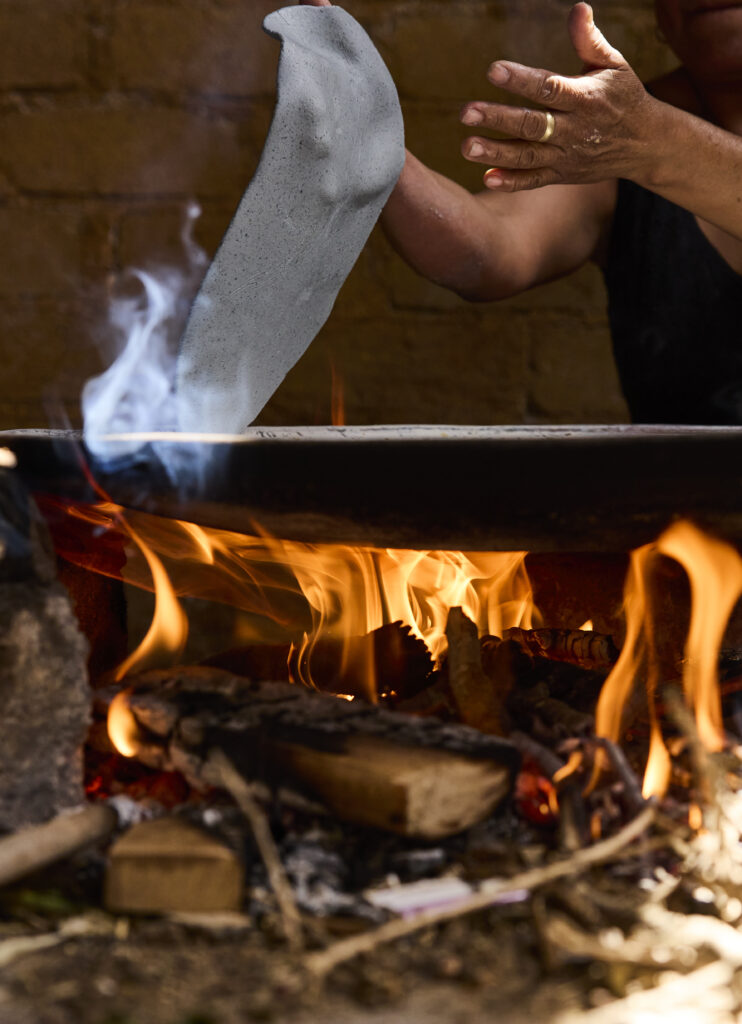
From Corn to Tortilla
Gaviria’s goal? To source the best corn to make the best masa. When a farmer handed him a kernel to try, Gaviria bit into it. He knew instantly that he was on the right track. He remembers it was a yellow bolita variety from Central Oaxaca with a denser starch content–ideal for making large-sized tortillas. It tasted of butternut squash, pumpkin, and carrot. “I tasted things that I didn’t expect to taste,” he says. He discovered that’s because the yellow bolita contains beta carotene, the orange-yellow pigment that converts to vitamin A in the body.
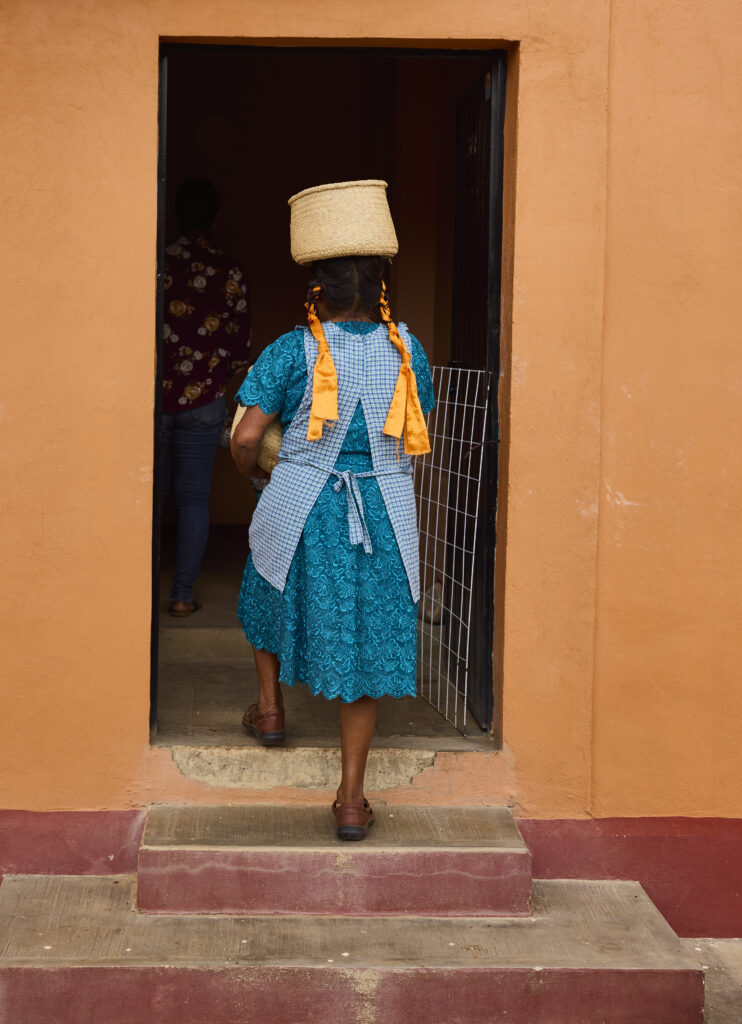
The flavor was richer, nuanced, and far more interesting than other corn Gaviria had tasted. And wouldn’t better-tasting corn make better-tasting masa? Masa, the dough made from corn treated with alkaline water through a process called nixtamalization, is the magic ingredient for everything from tamales, pupusas, gorditas and of course the beloved corn tortilla.
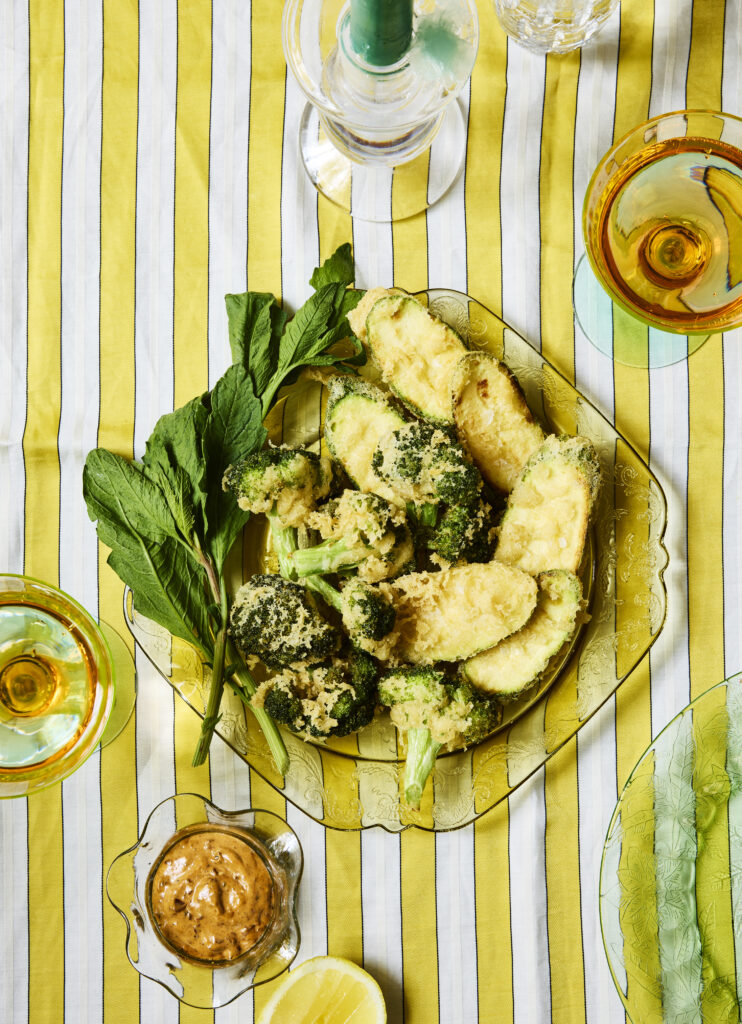
Growing into Agriculture
Gaviria, whose mother was born in Mexico, his father in Cuba, and he in Miami, got on the trail of “flavor-forward agriculture” while apprenticing at Blue Hill at Stone Barns in Pocantico Hills, NY. He was a fly on the wall as culinary thought-leaders from around the world–the likes of Blue Hill co-owner and chef Dan Barber, Ferran Adrià, Enrique Olvera, and Harold McGee–talked about agriculture that favors flavor over yield. “And I didn’t want the foods that I grew up eating to be left behind or in any way absent from the conversation,” he says.
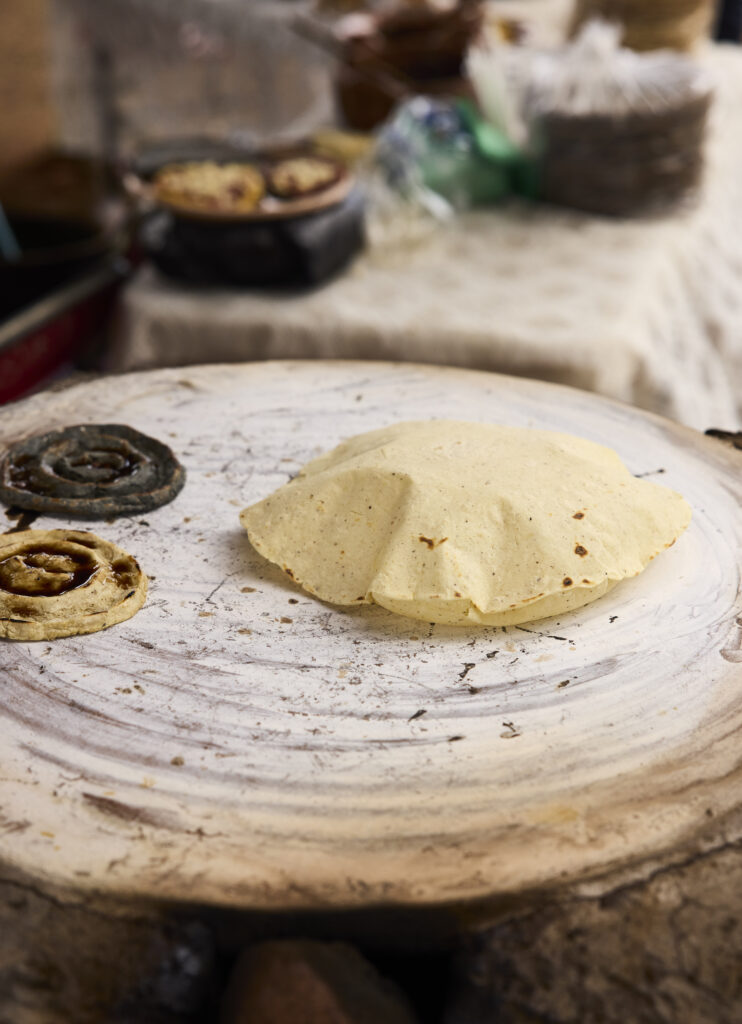
Those conversations inspired his journey to source corn from farms where it’s been grown for generations. Gaviria says that most of the corn harvested in the United States never ends up on our plate. It’s used for biofuel, animal feed, or exported. Much of the tiny portion that is used for food winds up as high fructose corn syrup. What Gaviria found in Mexico were farmers who were growing corn the way it’s been grown for centuries–for taste.
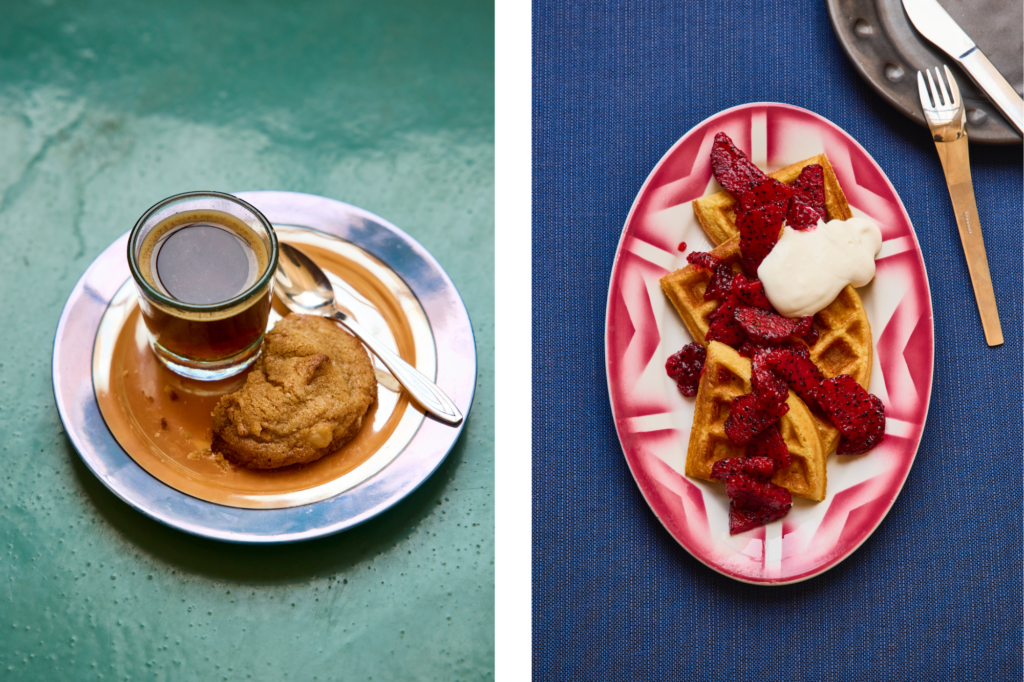
Local is Just Better
Gaviria hopes that you’ll taste masa made from landrace corn–locally adapted and traditional varieties – and then you won’t look back. To get you started, he’s distilled what he’s learned in Masa, a veritable masa encyclopedia, including step-by-step instruction on how to make your own masa, from kernel to dough. There are recipes, but they’re really starting points to create dishes that highlight the versatility of masa.
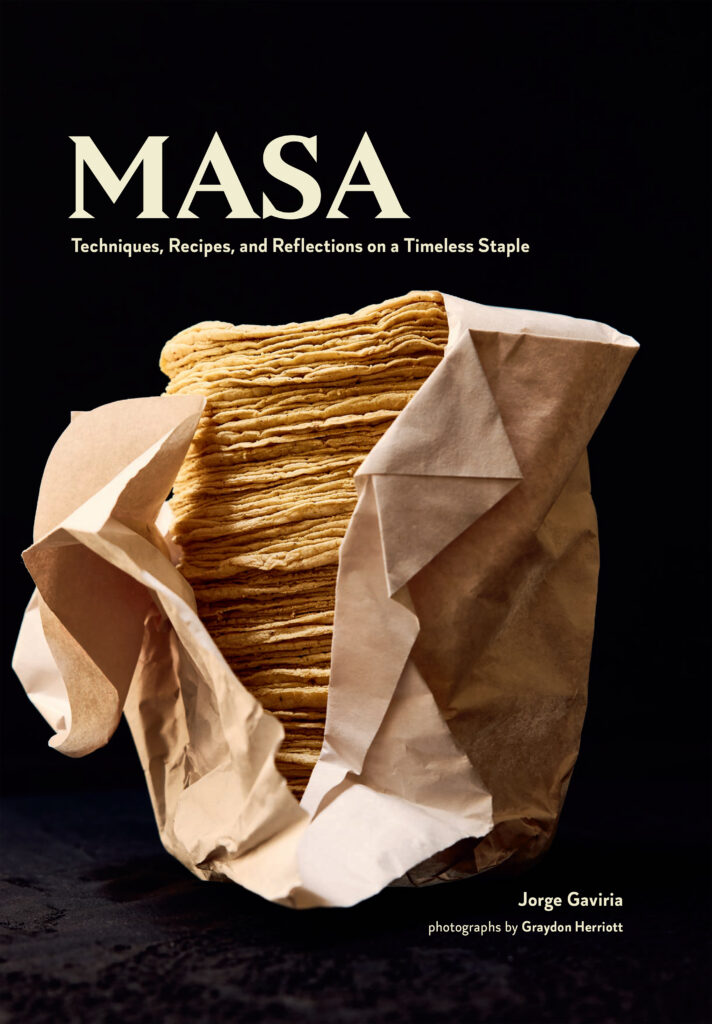
Gaviria says he started working with a handful of farmers, buying their corn and then turning it into masa and masa harina (the dehydrated form of masa). Today, he works with thousands. In doing so, he has found an immense admiration for what they grow and how they grow it. And also, for the heritage of masa itself. “It’s as inspiring as the creation of the wheel to me,” he says. “It’s right up there in the great list of human achievements.”
Story and Styling by Julia Platt Leonard / Photography by Graydon Herriott, Courtesy of Chronicle Books
Subscribe to TABLE Magazine‘s print edition.


